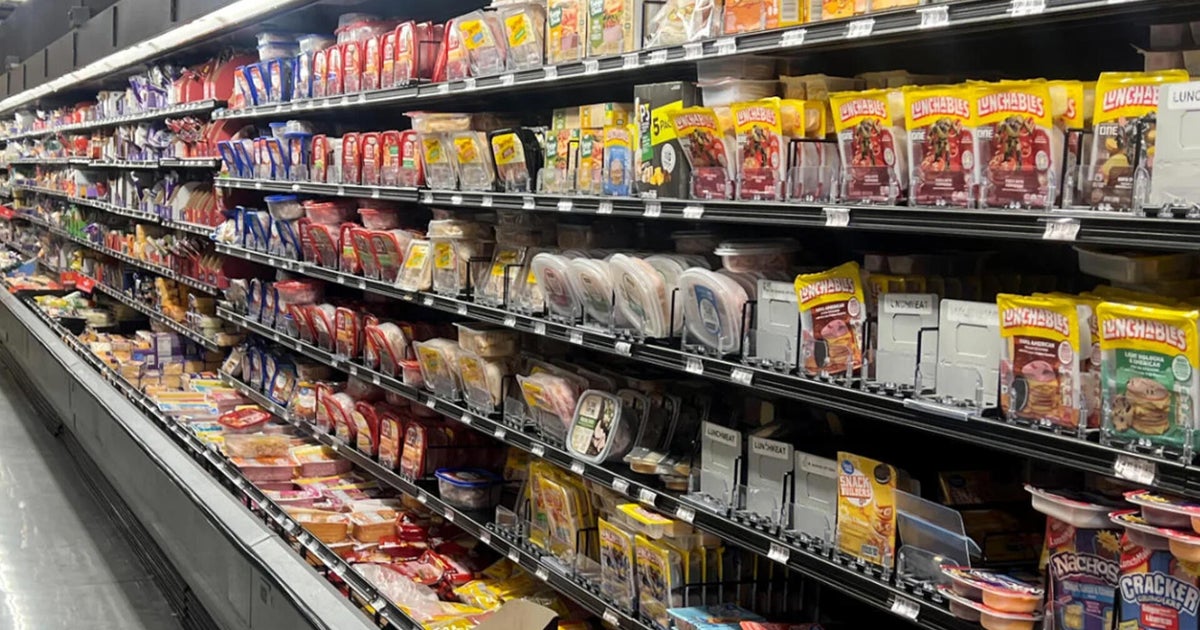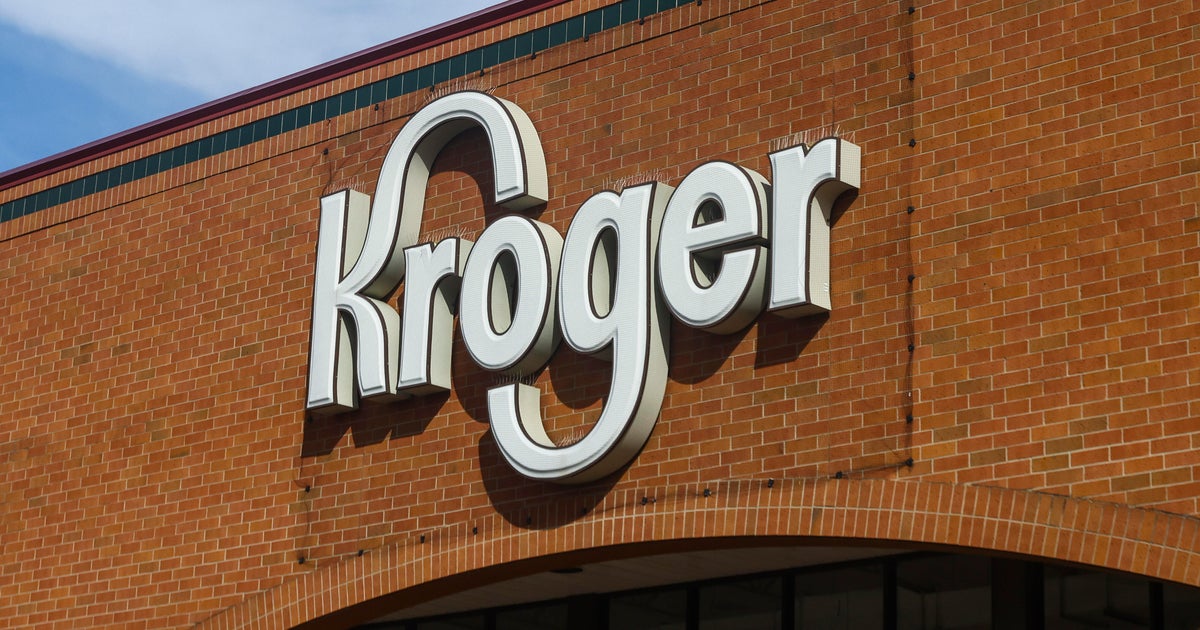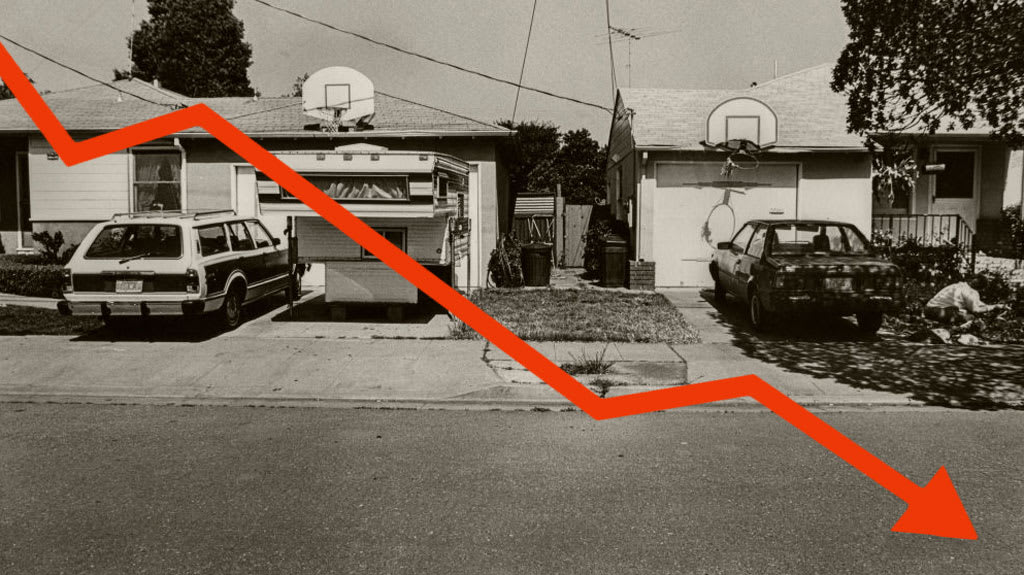Cheap food and hunger: Here's the impact of a local Walmart
America has a love-hate relationship with Walmart (WMT), sparking debates about whether the giant retailer helps or hurts the country's economy.
It turns out that Walmart might be helping one segment that's overlooked in the debate: low-income families who struggle with food insecurity, according to new research from economists at Georgia State University, Nairobi's Columbia Global Centers and Samford University, and funded by the University of Kentucky Center for Poverty Research and the U.S. Department of Agriculture. Walmart didn't provide funding.
Some municipalities have sought to block or restrict Walmart from opening up within their borders, often on the grounds that a new Walmart could hurt local businesses. The researchers said they wanted to come at the question of Walmart's impact from another direction: "Are barriers to Walmart's entry at odds with the goal of eliminating hunger?"
Food insecurity -- or not having enough food because of a lack of money or other resources -- affects almost one in eight Americans. Despite a stronger economy, food insecurity levels are still higher than before the Great Recession, the Brookings Institution noted last month.
Food stamps remain a key program for reducing hunger, yet they don't stretch far enough to allow most recipients to buy all their groceries. The typical recipient receives about $1.40 per meal, which means most households supplement their grocery budget with their own dollars.
The researchers examined how the spread of Walmart Supercenters -- Walmart stores with grocery sections -- may have affected poor Americans who lived within driving range of new locations. They tracked the spread of Walmart stores from 2001 to 2012 and compared the rates of food insecurity during that time.
"For both households in general and children, the results show that closer proximity to the nearest Walmart Supercenter leads to sizable and statistically significant improvements in all food security measures except the indicator for very low food security," the researchers wrote in their analysis, which was published at the National Bureau of Economic Research.
Living farther away from a Walmart Supercenter increased a household's chance of food insecurity by 2 percentage points, they found.
Of course, Walmart isn't enough to tackle food insecurity. Its home state of Arkansas -- which has more Walmart locations per capita than any other state -- has one of the highest rates of childhood hunger in the country, according to Brookings.
Walmart's affordable food also comes with its own share of criticism. Researchers have found that the lower prices can lead to bad habits, like an increased reliance on unhealthy food.
Walmart has sought to portray itself as a partner in the fight against food insecurity. It has run an anti-hunger campaign for the last five years, donating $1.5 million in 2018 to Feeding American and pledging to donate 10 cents to a food bank for every Walmart credit card transaction at its stores.
It's not surprising that cheap food can help lower food insecurity. Yet policy experts tend to focus on the other side of the equation: how to raise income and reduce poverty. There's no mistake that higher income works wonders on reducing hunger. As Brookings said last month, an extra $60 a month during the summer helps lower household rates of food insecurity by 15 percent -- a far greater benefit than living near a Walmart.





